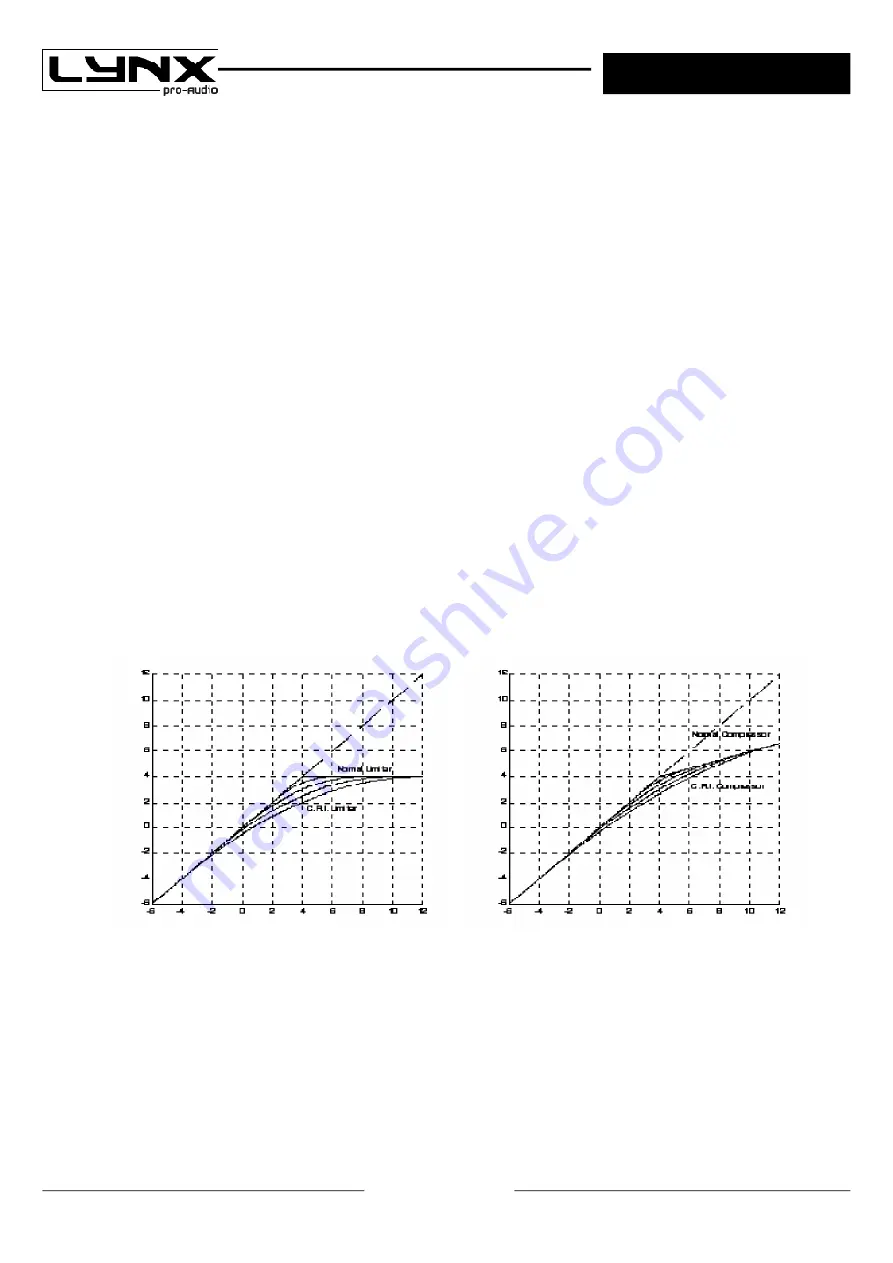
39
DSX
4 - EDITING WITH DSX
The third time we can configure is the
HOLD
. This would be the time that elapses between when we are
below the Threshold until the Release enters.
The adjustment of these parameters
is very important and critical
for the final sound quality. These
speeds depend on the frequency range of the input signal. For Low frequencies speeds will be slower and
times longer, while for high frequencies it will be faster. If the signal to compress or limit is a full range. we have
to think that almost all the energy of the signal is in in the Low range frequencies, so it will take slow speeds
(around 120 dBs / sec in attack and dBs 7 / sec in release).
C.R.I. Compression
One problem with traditional compressors and limiters is that the entrance to the compressor or limiter
is very punctual (happens exactly at the time the signal passes the threshold level) and can be heard clearly in
the sound when it is playing, affecting the natural dynamics of the music.
To solve this problem we used
C.R.I.
(
Continuous Ratio Increment
) dynamic curves, at which the
threshold shifts from a defined angle to a continuous curve that links perfectly the linear area of compressors
and limiters with 1:1 ratio with the compression or limitation configurable decibels range. In these cases it
continuously varies the elbow or knee of the limitation or compressors in the range of dBs we want.
This
effect of compression and progressive limitation applied to multi-way systems leaves a much more
transparent dynamic control
, because the headroom or signal margin available is not dead when the
limiters enter, almost disappearing the fading effect of choking typical traditional limiters.
The
C.R.I.
curves employed in the
DSX amps
are like the ones shown below:
input dB
C.R.I.
Limiter
input dB
C.R.I.
Compressor
o
u
tp
u
t
d
B
o
u
tp
u
t
d
B
Summary of Contents for DSX-1004
Page 1: ...Valencia Spain www lynxproaudio com USER MANUAL V 11 08 DSX ...
Page 61: ......
















































